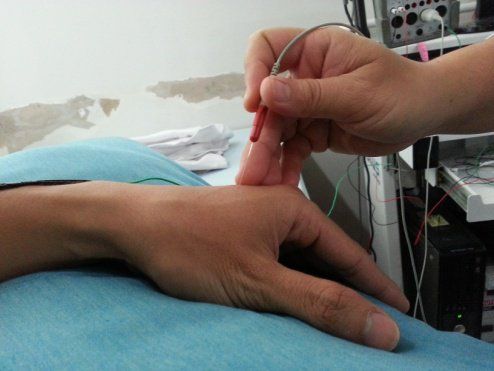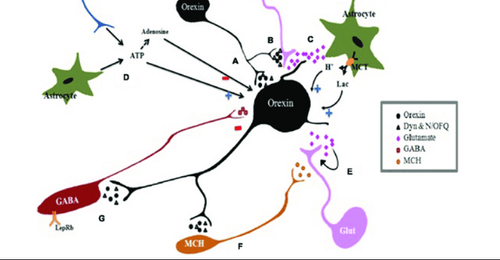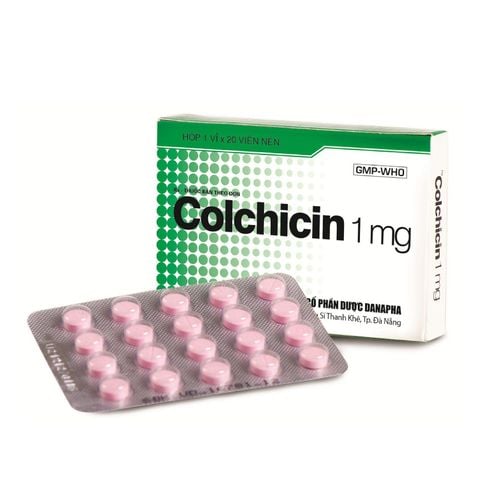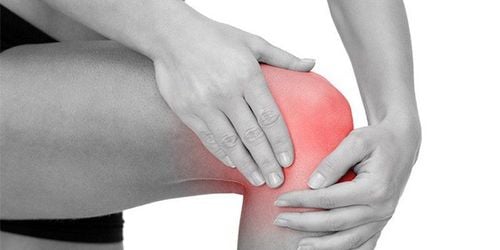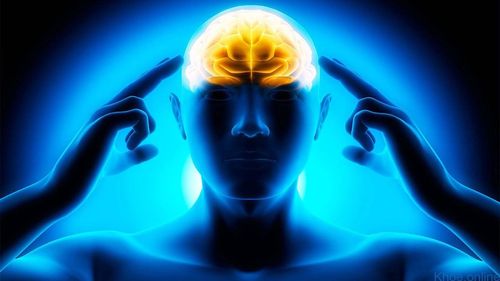This is an automatically translated article.
This article was written by Dr. Vu Dung Kien - Doctor of Neurology - Department of General Internal Medicine - Vinmec Times City International General Hospital.Electrodiagnostic is often referred to as electromyography, electromyography, neuromuscular electrophysiology. This is a method of recording the electrical activity of nerve cells and muscle cells, detecting electrical activity abnormalities that help in the diagnosis of peripheral neuropathy, myopathy, and synapses. neuromuscular).
1. Nervous system function
The nervous system is divided into the central nervous system (consisting of the brain and spinal cord) and the peripheral nervous system (consisting of cells located in the anterior horns of the spinal cord, nerve roots, and nerves). The peripheral nervous system consists of sensory and motor pathways (axons/axons).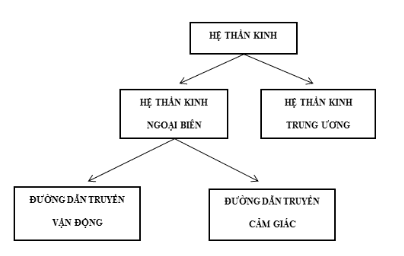
Hình 1: Sơ đồ hệ thần kinh
Normal peripheral sensory and motor function is based on the integrity of the peripheral motor system (including motor cells located in the anterior medullary horns and the synaptic and motor nerves). muscle cells), and the peripheral sensory system (including sensory receptors in the skin-sensory nerves-sensory cells located in the sensory ganglia). Motor and sensory abnormalities are the result of complete loss of peripheral sensory and motor system function.

Hình 2: Hệ thần kinh ngoại biên (tế bào vận động sừng trước tủy, tế bào cảm giác hạch rễ sau, rễ và dây thần kinh vận động-cảm giác, synap thần kinh-cơ và cơ)
To investigate the functional integrity of the peripheral motor and sensory nervous system, detect pathological abnormalities, people use methods based on recording the electrical activity of neurons and cells. muscle, called electrodiagnostic recording method. This method is also commonly known as electromyography, electromyography, neuromuscular electrophysiology
Injury (loss of integrity) of the peripheral sensory and motor systems encountered in many diseases of many specialties (neuro, musculoskeletal, endocrinology, trauma...), have many different causes (toxicity, immunity, bacteria, viruses, metabolic disorders, genetics...) , manifests a variety of symptoms with sensory symptoms (pain, numbness, paresthesia ...) and motor symptoms (muscle weakness, paralysis, atrophy...), symptoms can be local or whole body. Patients can be found in departments such as medical examination department, internal medicine department (neurology, musculoskeletal, endocrinology...), ICU unit, surgical department (trauma, spine, neurosurgery... ).
Electrodiagnostic recording method includes many techniques, each technique has a different implementation and purpose, to investigate the function of each part of the peripheral motor and sensory system, thereby determining the nature of the injury. and localization of lesions in neuromuscular diseases.
2. Routine techniques
2.1 Conduction survey
To evaluate peripheral sensory and motor fiber integrity, including techniques:
Measure motor conduction velocity Measure sensory conduction velocity Record late response (H reflex, F wave ) These techniques are based on stimulation of motor nerve trunks, sensory and electrical responses in muscles and sensory receptors in the skin.
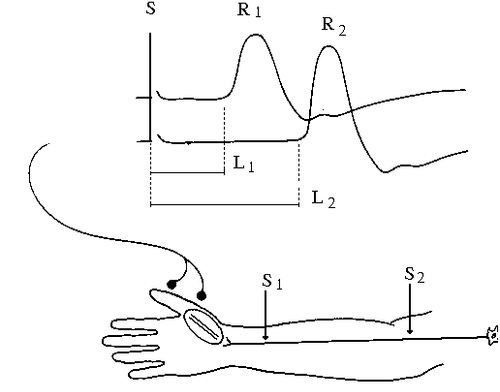
Khảo sát dẫn truyền thần kinh và kỹ thuật inching giúp xác đinh tổn thương và định khu chính xác vị trí tổn thương dây thần kinh
2.2 Electromyography recording
To assess muscle fiber integrity, the status of axonal supply to the muscle fiber. This technique is based on recording the electrical activity of a group of muscle fibers in muscle during states of rest, moderate contraction, and exertion, with a needle-like electrode inserted into the muscle.
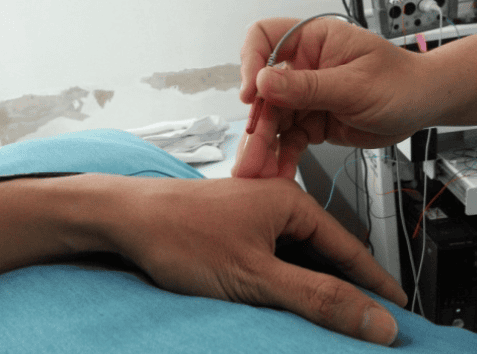
Ghi điện cơ đồ giúp đánh giá tình trạng chi phối thần kinh đến cơ và phát hiện các tổn thương sợi cơ.
2.3 Repeated stimulus test
To assess the status of nerve impulse conduction across the synapse (neuromuscular synapse).
This technique is based on stimulating the motor nerve trunk with different frequencies, recording the electrical activity response in the muscle with a surface electrode.
Performing the above techniques in combination with a clinical examination allows the doctor to diagnose the area of the lesion (radiculopathy and nerve disease, fibromuscular pathology, neuromuscular arthropathy or cellular pathology). anterior horn motor cells), peripheral neuropathy features (myelinated or axonal damage, predominance of motor or sensory fibers, systemic or local), characteristics of transduction damage neuromuscular junction (presynaptic or postsynaptic injury).
3. Advanced techniques
3.1 Sensory-visual-auditory-body sensation potential recording technique
To evaluate the integrity of the visual, auditory, and sensory pathways deep in the spinal cord and cerebral cortex. This technique is based on visual stimulation (by light), auditory (by sound), depth perception (by low intensity electrical stimulation) and response recording in the cerebral cortex.
3.2 Single fiber electromyography
To assess the status of nerve impulse conduction across the neuromuscular synapse. This technique is based on recording the electrical activity of a separate muscle fiber, with a specialized needle electrode of very small cross-section, thereby assessing neuromuscular synaptic conduction instability. This technique does not distinguish between presynaptic or postsynaptic conduction abnormalities, but has high sensitivity and specificity for synaptic pathology.
3.3 Inching . technique
To locate local lesions on motor and sensory nerve trunks. This technique is based on short nerve stimulation with a distance of 2-2.5cm, recording the electrical response at the muscle and sensory receptors, thereby assessing and determining the exact location of the local injury. of nerves.
3.4 Some other advanced techniques
Some other specialized techniques are known such as: tremor assessment technique (tremor), sympathetic nervous system assessment (valsava), fiber density (FD) technique. These techniques are being further researched and gradually put into clinical application.
When sensory and motor symptoms appear:
Pain Numbness Paresthesias Muscle weakness Paralysis Muscle atrophy drooping eyelids, double vision Blurred vision, hearing loss intermittently or continuously without ear disease, eye. Symptoms may have sudden or gradual onset, following an injury, be continuous or recurrent. You need to have an electrodiagnostic record or your doctor will send you to an electrodiagnostic record with a neurologist.
Currently, the Electrical Diagnostic Lab at Vinmec Times City International General Hospital is a pioneer in deploying electrical diagnostic techniques. The hospital is one of the few addresses deploying specialized techniques, with modern equipment of NATUS (USA), and the following specialists perform the examination, record and read the results.
Customers can directly go to Vinmec Health System nationwide to visit or contact the hotline HERE for support.





